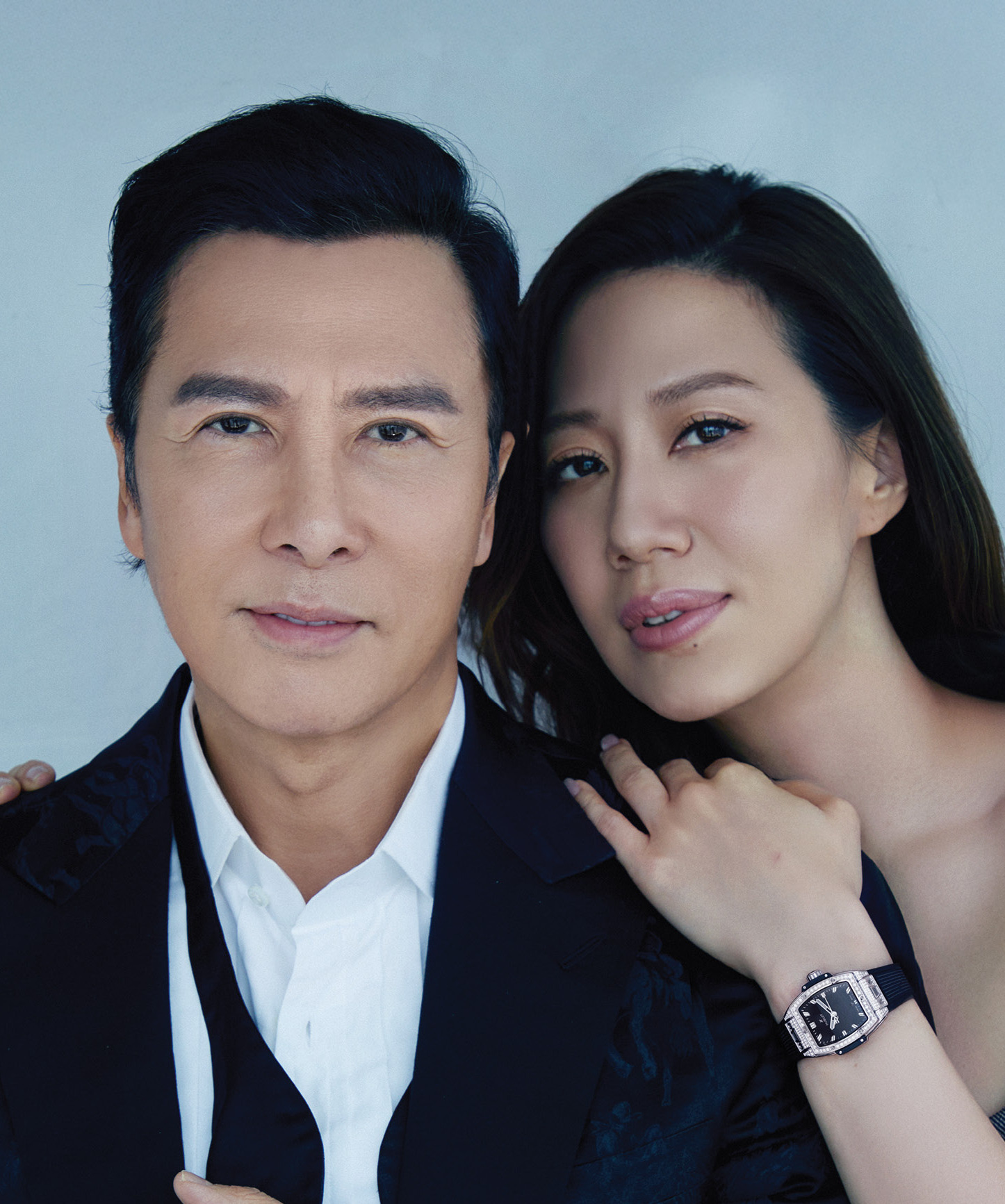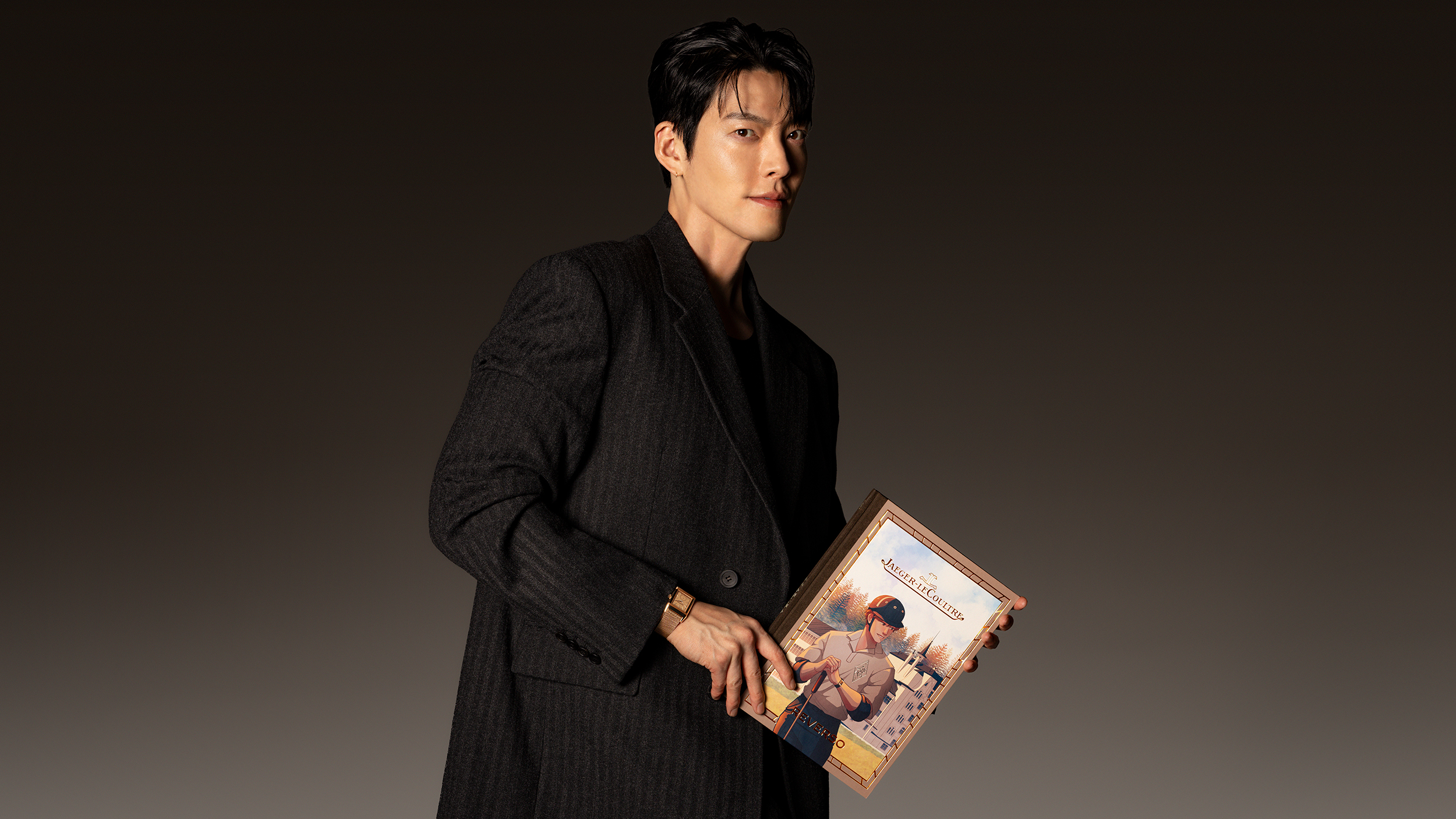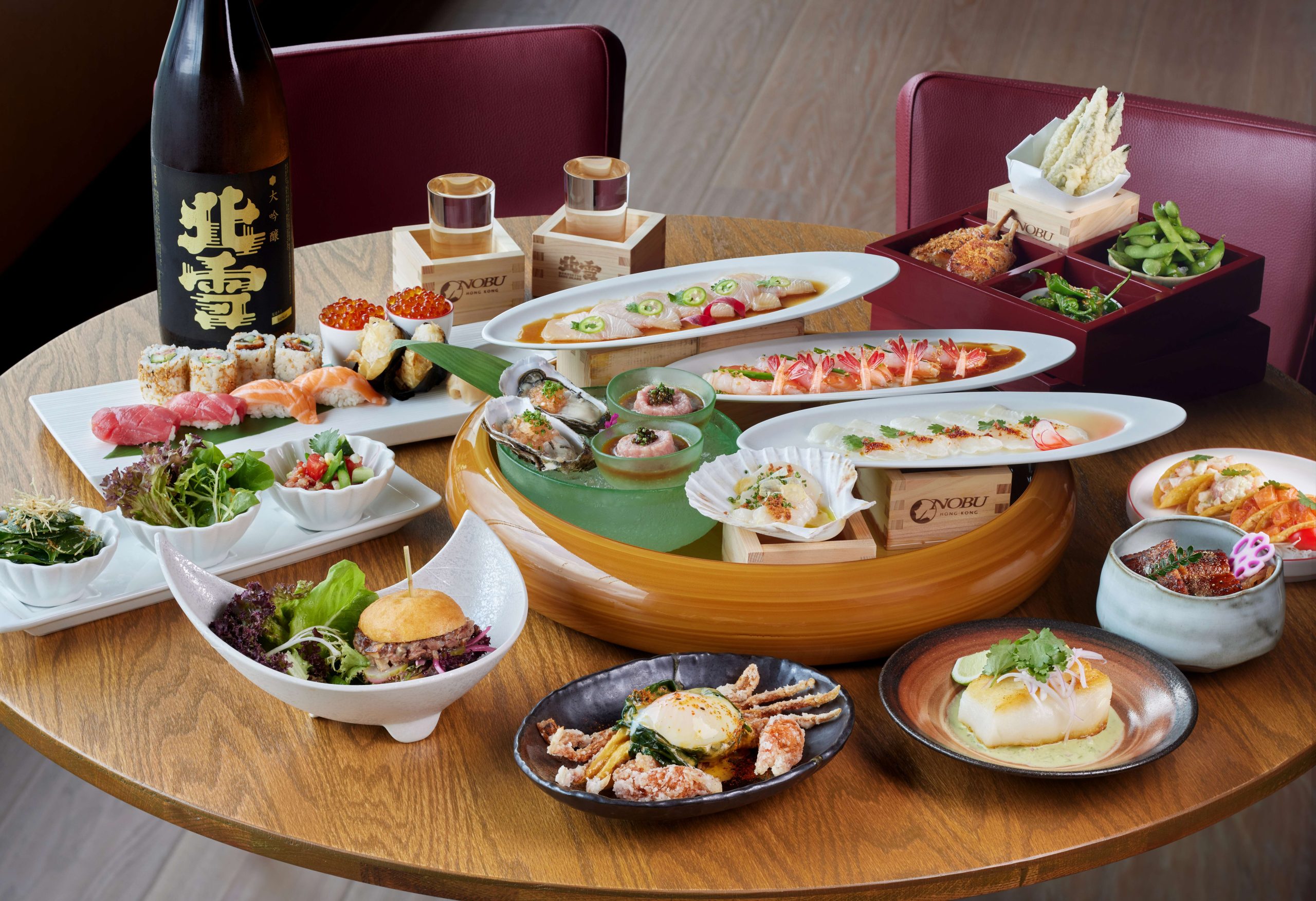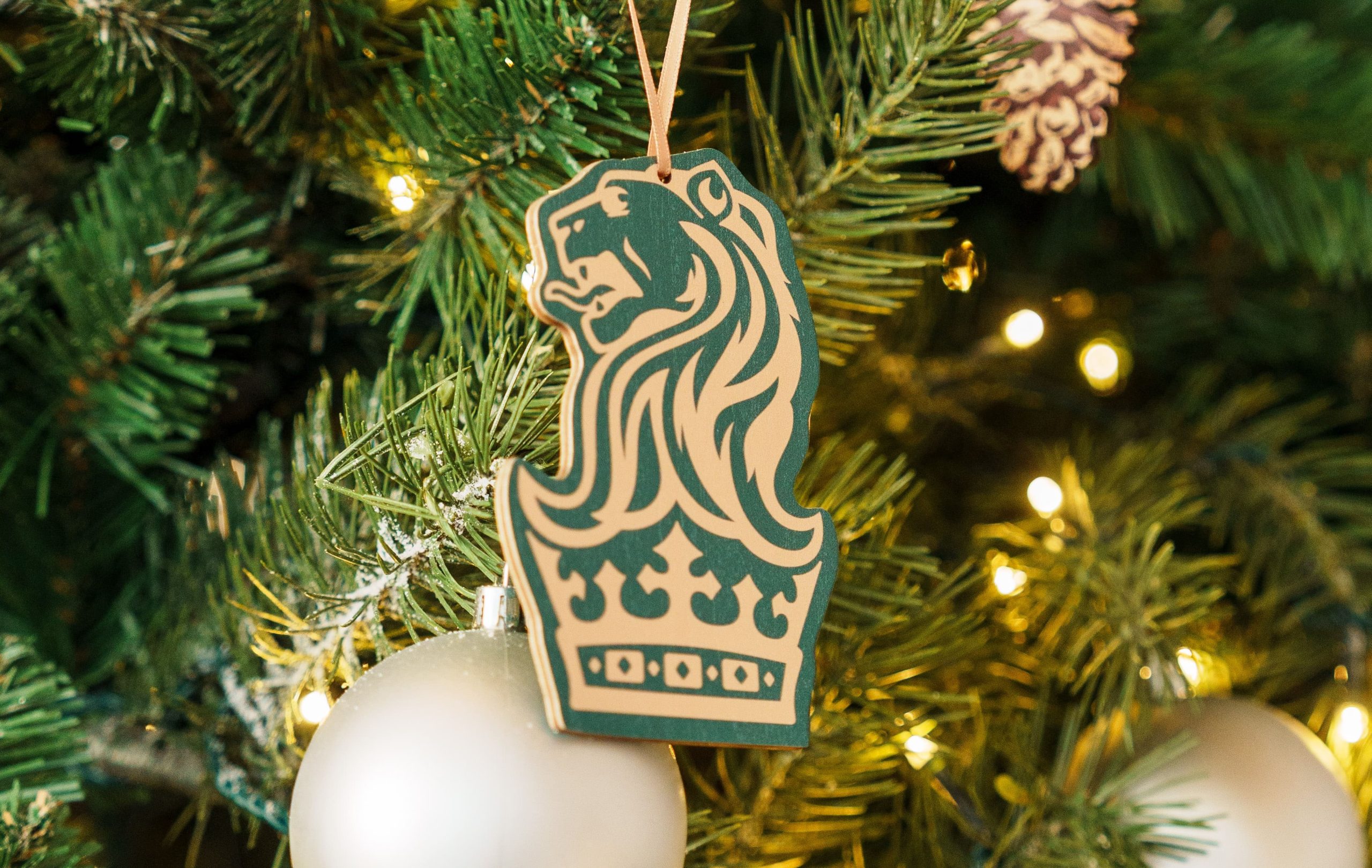Chefs from five of Hong Kong’s favourite establishments came together to celebrate their heritage and craft at the First Initiative Foundation’s ‘Paper Poems: An Ode to Hong Kong Heritage’ fundraising gala. They speak to Stephenie Gee
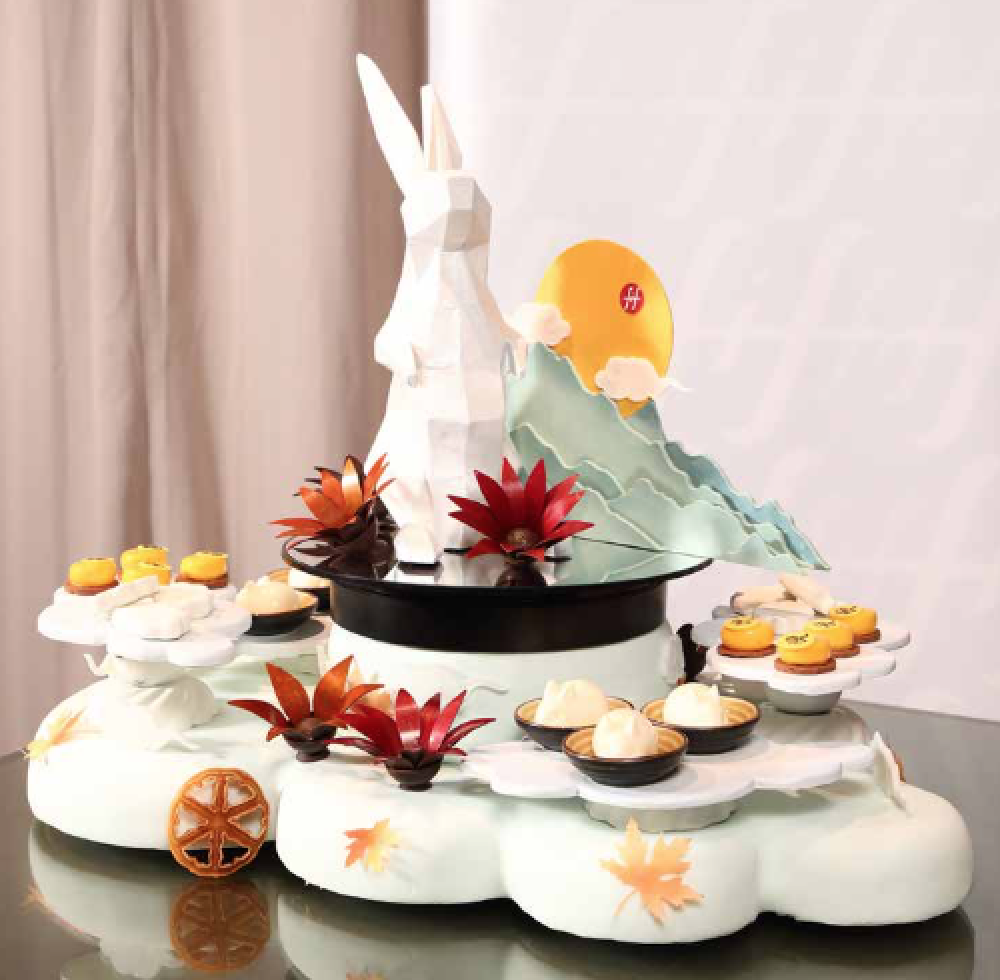
Nothing reveals the nature and soul of a place quite like food. Michelle Ong, the chairman of the First Initiative Foundation whose annual fundraising galas are a spectacle of Hong Kong’s vibrant culture and heritage, understands. “FIF is dedicated to fostering cultural exchange and understanding, and I think food is a special catalyst for connection, for coming together and for appreciation of diverse cultures. Sharing a wonderful meal is always a way to make friends, break boundaries and enjoy life,” Ong says.
Food, therefore, is at the heart of the foundation’s celebrations. With “Paper Poems: An Ode to Hong Kong Heritage”, which took place in September at the Four Seasons Hotel Hong Kong as a tribute to the city’s paper-cutting craftsmanship, Ong enlisted the culinary vision of esteemed chefs Akira Ito of Hanare, Steve Lee and Seung Hun Park of Hansik Goo, DoBee Lam of Sep, Barry Quek of Whey and Ringo Chan, the hotel’s very own executive pastry chef, for the evening’s gastronomic experience. Each prepared two appetisers and a main, showcasing their respective culinary cultures. There was bite-sized creamy beef tartare topped with Hokkaido sea urchin; the emblematic Korean summer dish samgye tang; Bún Chá Hanoi; and fragrant dry curry laksa with konjac grains, abalone and Lamma Island dried shrimps, among others. All was washed down with Taiwanese teahouse Chun Shui Tang’s bubble tea and lemon jasmine tea with fig jelly.
“This year’s menu was carefully curated to align with our theme of celebrating Hong Kong heritage characterised by its rich tapestry of diverse cultures,” explains Ong. “A defining aspect of Hong Kong’s heritage is the harmonious blend of various traditions and its food exemplifies this beautifully. By showcasing the talents of chefs who represent different culinary backgrounds, we worked to pay homage to the cultural diversity that thrives within Hong Kong. We sought out chefs who not only excelled in their craft, but also embodied the essence of our theme. Their commitment to preserving and promoting their respective culinary traditions made them the perfect food ambassadors of Hong Kong’s heritage.”

In what ways did the theme of the gala inspire you?
Ringo Chan: I was deeply reminded of the importance of preserving our invaluable cultural heritage. It’s crucial that we continue to educate and promote this heritage to a wider audience, especially to the generations to come. Similarly, in my culinary endeavours, I take great pleasure in blending time-honoured Hong Kong recipes with my own innovative approach, thereby upholding tradition while embracing new and exciting ideas.
Akira Ito: I really liked how the art of paper craftsmanship showed the characteristics of Hong Kong. As a Japanese person, I could see it from a totally different perspective, and I think the best aspects of Hong Kong were brought out in the FIF event.
DoBee Lam: The intricate craftsmanship, delicate beauty and symbolic nature of paper art have deeply influenced my culinary creations. I sought to incorporate elements of paper art in the presentation of my dishes, using artistic plating techniques and imaginative food arrangements to evoke the essence of this traditional art form. The theme encouraged me to explore the cultural significance and symbolism of paper art, allowing me to infuse my culinary creations with a unique touch of artistry.
Seung Hun Park: I always appreciate the history and origin of a culture, in all sorts of forms.
Barry Quek: Hong Kong’s unique culture is always fascinating. As a foreigner, I’m always intrigued to learn more about the rich culture of this city and discover elements to be the inspiration of my menu and dish creations.
Also see: 7,000 participants join the ‘MGM Chef Nic Gastronomusic Fest’ in Macau
Were there any challenges?
Ringo Chan: The successful delivery of a substantial handcrafted petit four stand, capable of accommodating hundreds of guests simultaneously, is a testament to the tremendous teamwork involved. Our team dedicated meticulous attention to detail throughout the entire process, ensuring precise timing and unwavering quality. I’m immensely proud of our collective achievement in bringing this project to fruition.
Akira Ito: Since this was quite a large event with a large group of people that needed to be served at one time, this was a bit challenging as it’s totally different to the dining style of my restaurant. Ensuring quality is of utmost importance to me and to achieve this I had to do a lot of planning on my side, and also with the help of our amazing team we managed to execute well!
DoBee Lam: One of the primary challenges was maintaining the highest standards of quality while delivering a significant quantity of dishes. Ensuring that each plate is meticulously prepared, beautifully presented and bursting with flavour requires meticulous planning, precise execution and a dedicated team. Coordinating the logistics, managing the kitchen operations and ensuring consistency across all the dishes can be demanding.
Seung Hun Park and Steve Lee: The most challenging element would be adapting to a new cooking space within a short period of time, needless to say preparing for such a big crowd. Nevertheless, with the great support from the organisers and chefs, the gala night turned out to be a success.
Barry Quek: It was challenging to make changes to a traditional dish to modernise it. However, it’s also the same challenge that excites me and allows me to push myself further.
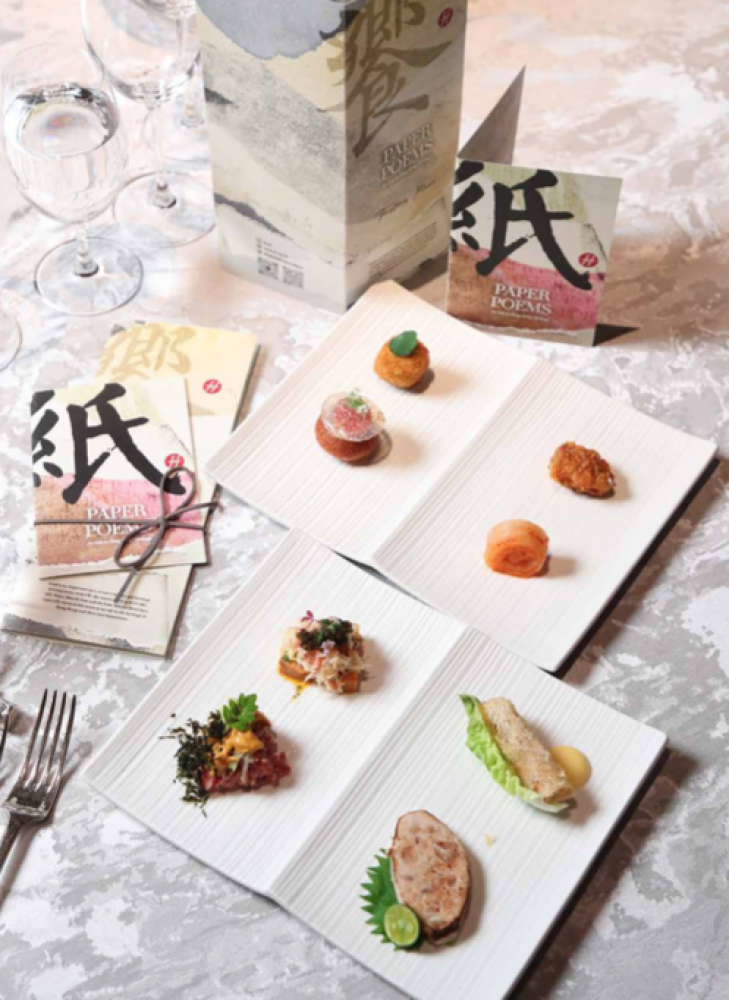
Were there any specific cultural or culinary traditions you hoped to showcase through your dishes?
Ringo Chan: My dessert was inspired by nostalgic Hong Kong snacks specially curated for the Mid-Autumn Festival. As a child, I used to watch my grandmother make sugar rings: thin, delicate round pieces of deep-fried batter. I paired this with a Hong Kong-style milk tea ice cream to pay tribute to the city’s own beloved tea culture. Each petit four item was designed to tie to a festive element of Mid-Autumn, like the white rabbit candy which I loved eating as a kid, to represent the rabbit, a symbol associated with the festival.
Akira Ito: Japanese cuisine is all about the provenance of ingredients. We respect our ingredients and treat them with utmost care. I wanted to showcase this the most through my dishes.
DoBee Lam: Whether it’s a traditional cooking method passed down through generations, a unique combination of flavours representative of a particular region or the use of indigenous ingredients with cultural significance, I strived to create a dish that embodies the essence of my cultural roots. My intention was to evoke a sense of nostalgia, celebrate the culinary traditions that have shaped me and spark a deeper appreciation for the cultural diversity that exists within the realm of food.
Seung Hun Park and Steve Lee: Samgye is known in Korean culture to help restore energy and appetite during summertime. Since the event was in September, which was still quite warm and humid in Hong Kong, we hoped to tend to the guests’ wellness through the dish. In terms of ingredients, we made use of local produce to enhance the texture and flavour of the dish further, like white fungus and three yellow chicken.
Barry Quek: At this gala, I paid tribute to Singaporean Hokkien, which is the origin of my family roots. When it comes to dish creation, I love to start from traditional recipes and add a [personal] touch with my favourite seasonal produce.
Also see: #legendeats: Hit Christmas hard with these 7 bars in Hong Kong
What role do you think food plays in terms of cultural exchange and understanding?
Ringo Chan: Food is deeply rooted in cultural traditions and heritage. The unique culinary practices of different regions and communities reflect their history, values and beliefs, which help foster cultural appreciation among people from different backgrounds. Food also has the power to bring people together.
Akira Ito: Creating a bridge between the different countries with food has given many people an opportunity to learn about various countries.
DoBee Lam: Food is a universal language that transcends cultural boundaries and has the power to bring people together. It serves as a tangible manifestation of culture, tradition and heritage. By showcasing diverse culinary traditions, techniques and flavours, food becomes a conduit for cultural exchange and understanding. It allows individuals to experience and appreciate different cultures, fostering dialogue and connections among people from various backgrounds.
Seung Hun Park: Whenever I travel to a city, I always make sure to check out the dining scene and local snacks as I believe food plays a key part in a culture.
Barry Quek: I believe food plays a great part in storytelling when it comes to history and culture. For example, I can use the same ingredient and present a dish in different ways or reinterpret an old dish with new techniques. Hence, I think food is an instrument to preserve the beauty of history and culture.
Also see: 12 Christmas dinner party bring-alongs


